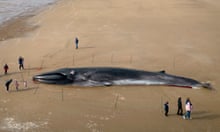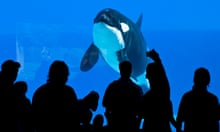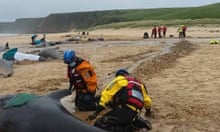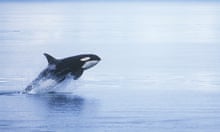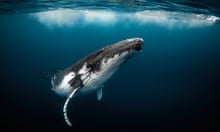A young humpback whale has been found dead after being washed ashore on a remote swamp in the Amazon River.
The humpback whale should have migrated thousands of miles to Antarctica by this time of year, but members of the conservation group Bicho D’Água said they found it at Marajó Island in Brazil’s north-east.
They spotted the dead whale last Friday a short distance from the shore after they followed scavenging birds that were circling overhead. The lifeless humpback, which was about eight metres (26ft) long, was found in thick shrubs and brush.
“We imagine it was floating and the tide took it into the mangrove,” Renata Emin, the president of Bicho D’Água, told local media. “The question is, what was a humpback whale doing in the month of February on the northern coast of Brazil? It’s unusual.”
A group of biologists examined the carcass over the weekend to figure out how the whale died. The group is expecting a postmortem report within 10 days. “We are collecting information, identifying marks on the body, to determine if it was trapped in a net or hit by a boat,” Emin said.
Conservationists from the Bicho d’Água Institute suggest the whale could have been separated from its mother before being forced ashore by high tides during a storm. Other researchers have speculated that the humpback may have swum towards the beach looking for food and suffocated after consuming large amounts of plastic.
Government officials told reporters the whale had been dead for several days. Though the whale was half the size of a full-grown adult humpback, it was still too large and in too remote an area to be entirely removed.
Peter Evans, the director of the Sea Watch Foundation, which monitors whales and dolphins off Britain’s coasts, said incidents like these were rare. He said humpback whales were often found in coastal waters and were known to migrate great distances. South American humpbacks breed around the equator and then migrate towards the Antarctic to feed.
“This calf probably got separated from its mother, maybe its mother had died, in the southern summer, and then wandered about trying to find food. The idea that it was killed by ingesting plastic would need some evidence first to support it. It seems to me more likely that it simply starved to death. If they do a postmortem examination, we will have a clearer idea,” Evans said.

